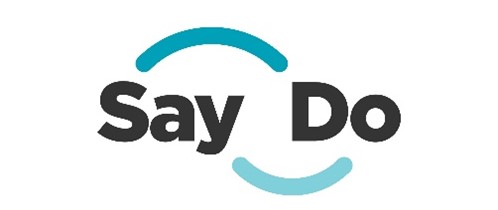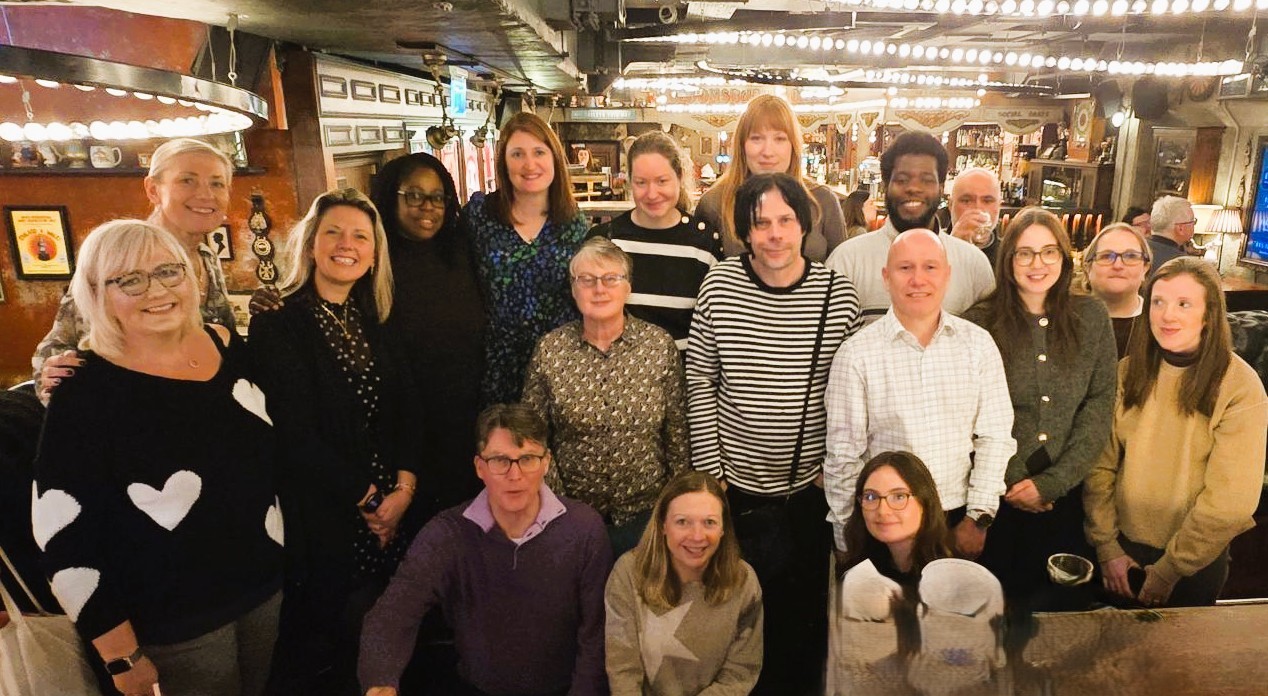The Say-Do Gap: Sustainable Ambitions vs. Everyday Realities
April 2025, By Nicola Church
How often are you now in conversations with friends and family where someone says, “I’m trying to be more eco-friendly”? Sustainability has become part of the social script – especially among younger consumers – and we’re talking about it more than ever before. Over the past four years, figures like Sir David Attenborough have brought environmental issues into mainstream awareness, with powerful images of turtles entangled in plastic, while Greta Thunberg has highlighted the urgency of the climate crisis. We all now understand that living sustainably is important, and we genuinely want to do better. In fact, our latest Say Do Sustainability Study (SDSS) shows that 94% of UK adults want to lead more sustainable lives. Yet, the reality tells a different story. Many of us continue to shop with brands, such as Shein, which we know fall short on environmental or social responsibilities, often due to affordability. This disconnect between intention and behaviour is what we call the Say-Do Gap.
WHY DOES THE SAY-DO GAP EXIST?
The cost of living continues to weigh heavily on UK consumers. Right now, 79% say it’s the country’s top concern -more than in any other European nation.
After Wave 2 of our Say Do Sustainability Study last year, I wrote Has the cost-of-living crisis killed the sustainability agenda? – MM-Eye about how this financial pressure was affecting sustainable behaviours. I concluded that while the cost of living was clearly influencing choices, the desire to live more sustainably hadn’t disappeared. People still believed in the power of collective action – that individuals can make a difference.
SO, WHAT’S CHANGED IN THE LAST 12 MONTHS?
The challenge is clear: consumers still want to make a difference, but many are struggling to see how real change can happen.
Whilst there’s a sense of hope in the power of individual action, there’s also a growing sense of realism. People understand that true, large-scale progress needs to be led by corporations and governments. Yet, there’s a rising cynicism that these institutions won’t act unless profit is involved – and that’s driving frustration.
Still, despite this, the intention remains. Consumers continue to believe in the power of collective action; even small, individual choices can contribute to something bigger.
HOW CAN BRANDS CLOSE THE GAP?
The million-dollar question remains, why don’t good intentions turn into habits? The short answer is that many of us try to change too much, too quickly, with too little support. Initial enthusiasm fades, and sustainable intentions fail to stick.
In this year’s SDSS report, we applied the Theory of Behavioural Change to explore how brands can drive real, long-term behaviour changes around sustainability. The model highlights three questions consumers must answer yes to before change takes hold:
- Do others think everyone should do it?
- Do I want to do it?
- Is it easy for me to do it?
According to our latest insights, UK consumers are already aligned on the first two—they want to change and believe there’s a societal push to do so. The challenge lies in the third: ease.
To bridge the gap between intention and action, brands must focus on making sustainable behaviours simple, accessible, and cost-effective. That could mean:
- Making existing products more sustainable
- Ensuring sustainable options are affordable and easy to find
- Communicating existing initiatives clearly and transparently
Right now, consumer frustrations are rooted in a feeling that the responsibility to drive change has been placed on individuals. They’re asking brands to do the heavy lifting, so sustainable choices can be easily made, without compromise, driving forward the collective effort.
To learn more about the Say-Do Gap, download your FREE copy of MM-Eye’s latest Insight Lens here Downloadable Reports – MM-Eye and look out for a free webinar, coming soon, talking to our experts in more depth on this topic. We’d love to talk more, so contact us today at info@mm-eye.com or use the form below to book a consultation.









